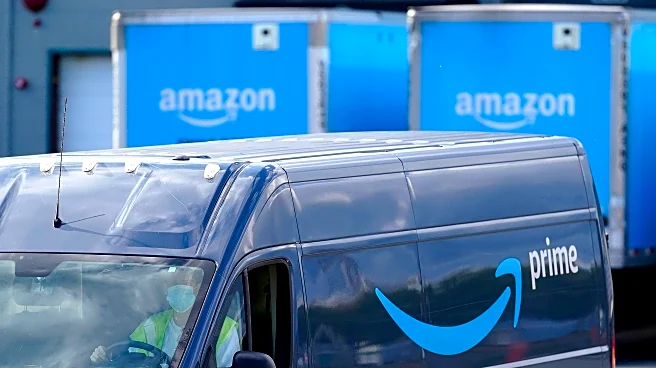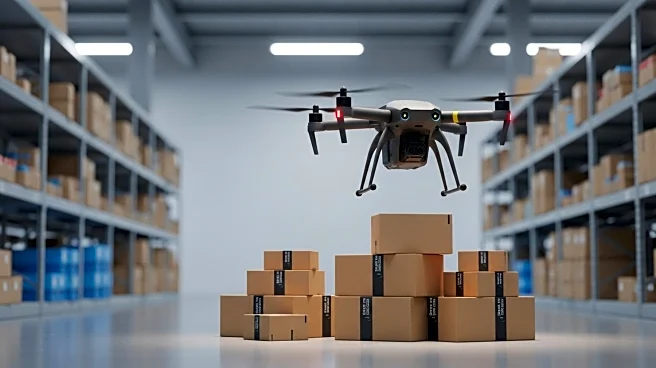What's Happening?
Amazon has announced the termination of its Prime Invitee program, which previously allowed Prime members to share their free shipping benefits with individuals outside their household. Starting October 1, Amazon will replace this program with Amazon Family, which restricts benefit sharing to one adult, up to four teens, and up to four children within the same household. The adult can be a spouse, family member, or roommate. Additionally, Amazon is offering a discounted rate for individuals outside the household to subscribe to their own Prime membership, priced at $14.99 for the first year, with subsequent monthly or annual fees. This change aligns with Amazon's strategy to enhance its delivery network, particularly in less densely populated areas across the U.S., aiming to reach 1,000 of the targeted 4,000 smaller cities, towns, and rural communities by the end of the year.
Why It's Important?
The shift from the Prime Invitee program to Amazon Family reflects Amazon's focus on strengthening its core membership benefits while expanding its delivery capabilities. By limiting benefit sharing to household members, Amazon aims to increase individual subscriptions, potentially boosting revenue from Prime memberships. This move could impact consumer behavior, encouraging more households to consolidate their memberships or prompting individuals to opt for their own subscriptions. The expansion of Amazon's delivery network in less populated areas is significant, as it addresses logistical challenges and enhances service accessibility, potentially increasing Amazon's market penetration and customer satisfaction in these regions.
What's Next?
Amazon's strategic shift may prompt reactions from consumers who previously benefited from the broader sharing capabilities of the Prime Invitee program. The company might face scrutiny from users who perceive the change as a reduction in value. However, the discounted subscription offer could mitigate backlash by providing an affordable alternative for those affected. As Amazon continues to invest in its delivery infrastructure, further developments in service efficiency and reach are anticipated, potentially influencing competitive dynamics in the e-commerce sector. Stakeholders, including competitors and logistics partners, will likely monitor Amazon's progress and adapt their strategies accordingly.












